Anime Genre Is So Popular The Oxford Dictionary Has Acknowledged It
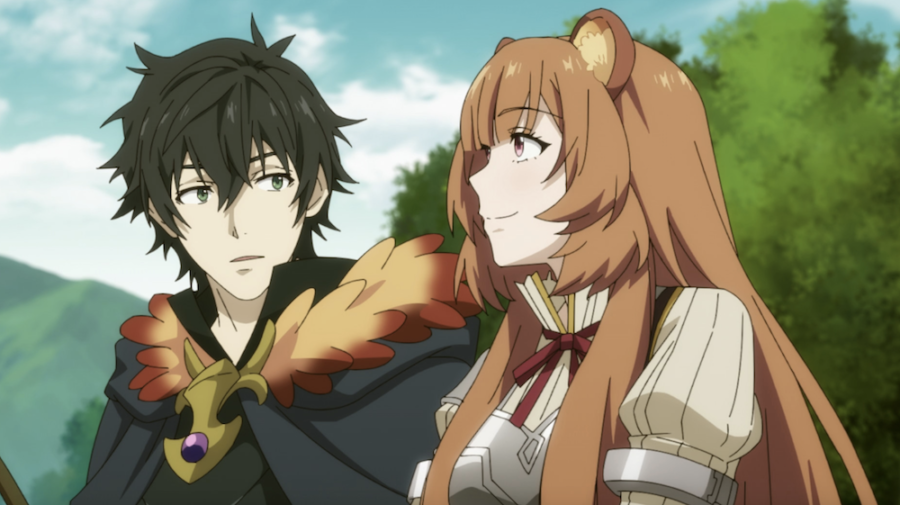
The Oxford English Dictionary, known for its comprehensive exploration of the historical evolution of English vocabulary, has recently expanded its linguistic scope with the inclusion of a new term: “isekai.” This term, originating from Japanese culture, has been added to the dictionary due to the rising popularity of the isekai anime genre.
Another World
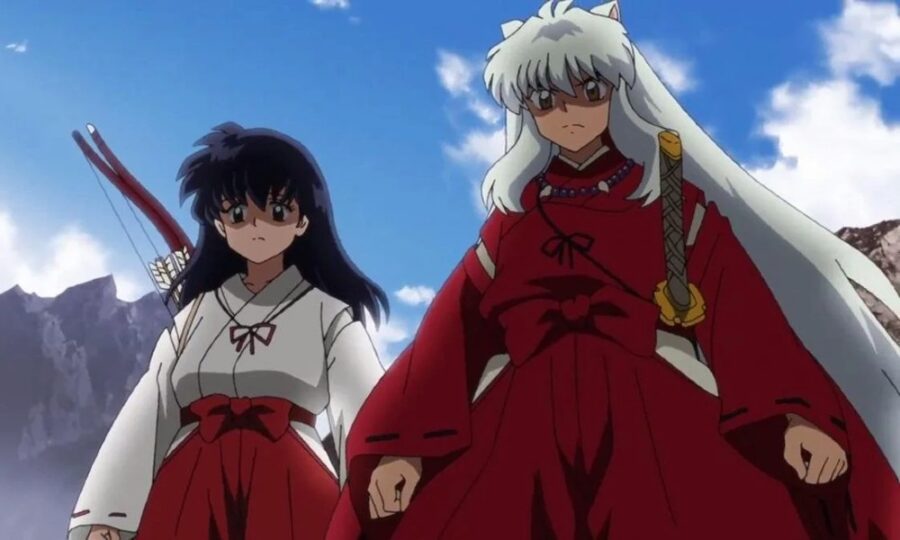
“Isekai,” which translates to “different world” or “another world,” holds a significant place in the Japanese anime world. Its inception can be linked back to the concept of “portal fantasy” and has now flourished into a subgenre that encompasses various forms such as novels, films, manga, anime, and video games. Typically, in an isekai anime, the main character is either transported or reborn into an unfamiliar and fantastical realm, where the narrative revolves around their journey of exploration and survival.
From Ordinary To Extraordinary
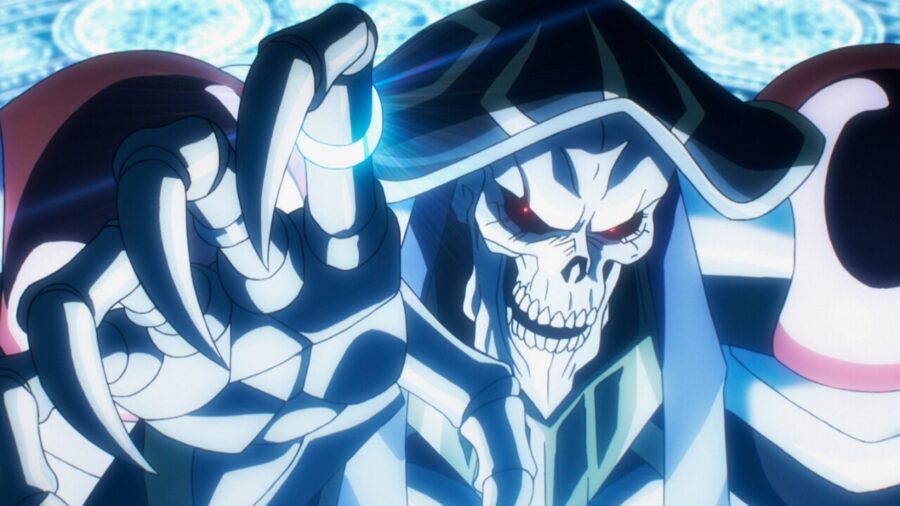
A common theme in many isekai anime is the main character, an ordinary individual, flourishing in the new environment due to the things considered ordinary in our world being extraordinary in theirs. These characteristics can be anything from hair color to everyday skills such as cooking or engineering. An example is Overlord, where a normal gamer gets stuck inside the game and, using his meta-knowledge of video games, sets out to find a way home and learn what happened.
Reborn As The Villain
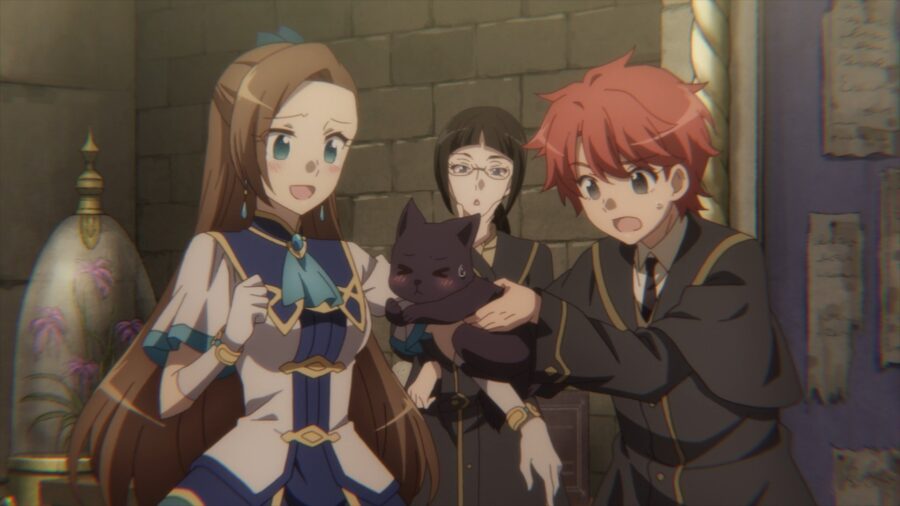
The isekai anime genre is not limited to heroes but has alternative takes where the protagonist might reincarnate into an unimportant side character or even a villain. Examples of these can be found in My Next Life as a Villainess: All Routes Lead to Doom! and Villainess Level 99. There are even instances where the protagonist reincarnates into an inhuman creature with unique abilities, as seen in That Time I Got Reincarnated as a Slime. As the genre’s popularity has grown, the “reverse isekai” trend has emerged, in which beings from a fantasy universe are transported into modern-day Earth, as shown in animes like Laidbackers, Gate, and Re:Creators.
Reincarnation
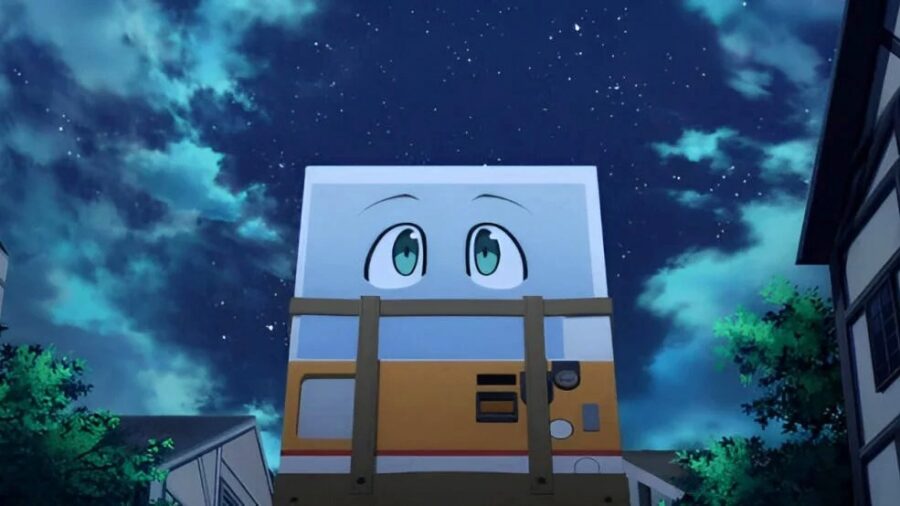
The isekai anime genre has further branched out to include sub-genres like the “second chance” or “reincarnation” sub-genre, where the hero dies only to be transported back into their younger self. This gives them the opportunity to relive their life, but this time, avoid previous pitfalls. Then there is the “slow life” approach where the protagonist, overworked in their previous life, decides to take it easy in the next life.
The Origin Of Isekai Anime
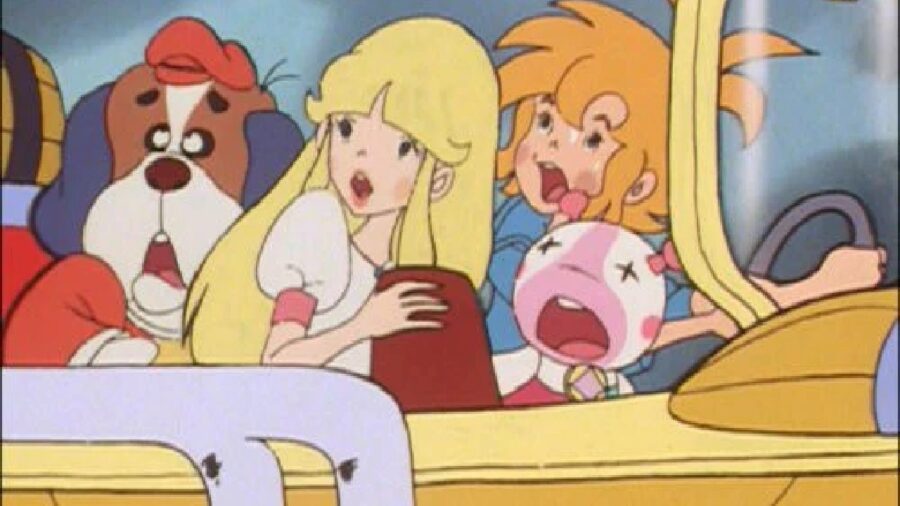
Tracing back the roots of isekai anime, we find its origins in ancient Japanese literature like the fairy tale of Urashima Tarō, a fisherman who rescues a turtle and is taken to the Dragon Palace beneath the sea as a reward, as well as portal fantasy stories from English literature like Alice’s Adventures in Wonderland. The modern isekai anime genre can be traced back to Haruka Takachiho’s novel Warrior from Another World and Paul no Miracle Daisakusen, a 1977 series that brought the classic trope to anime for the first time.
Modern Isekai
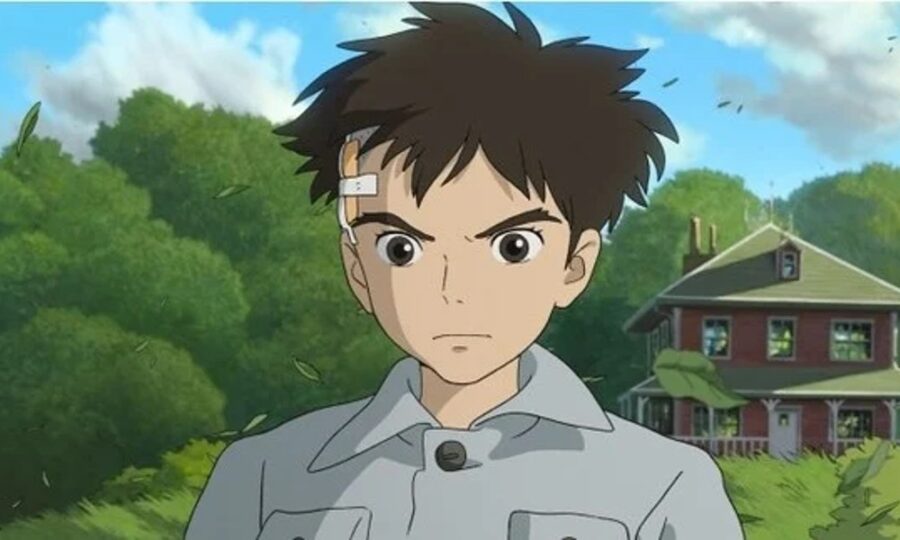
Classic isekai anime series from the 1990s include The Twelve Kingdoms and Magic Knight Rayearth, with the 2000s bringing popular series like The Familiar of Zero. More recent titles like Rising of the Shield Hero, The Boy and the Heron, and Reborn as a Vending Machine, I Now Wander The Dungeon continue to shape this rich and diverse genre.
The Growing Popularity Of Anime
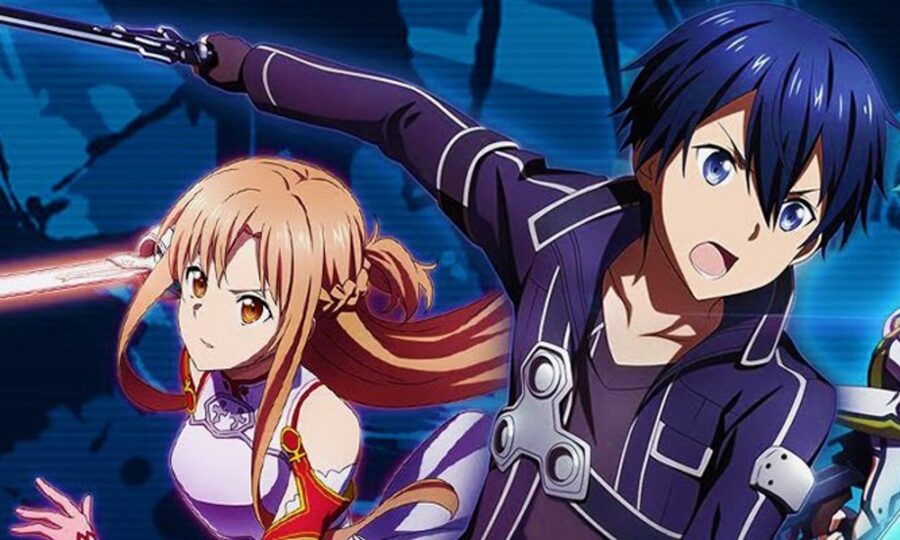
The incorporation of “isekai” into the pages of the Oxford English Dictionary signifies a notable acknowledgment of its cultural significance and impact. This inclusion not only recognizes the global popularity of isekai anime but also underscores the increasing influence of Japanese pop culture on a worldwide scale. By embracing “isekai,” the Oxford English Dictionary highlights the dynamic evolution of language through intercultural interactions and the shared passion for immersive storytelling.












